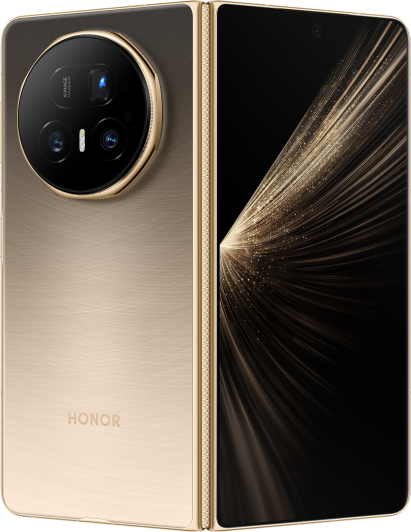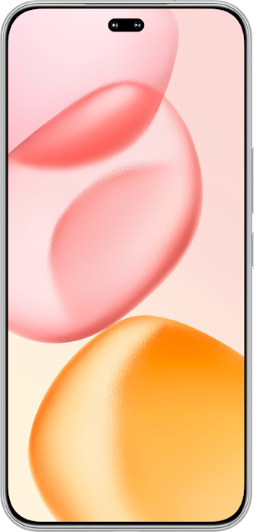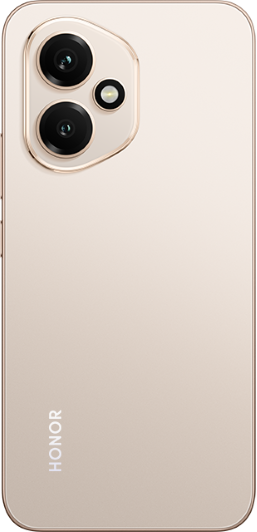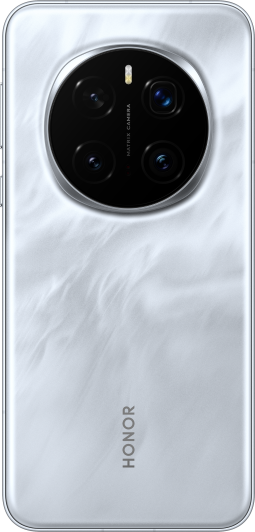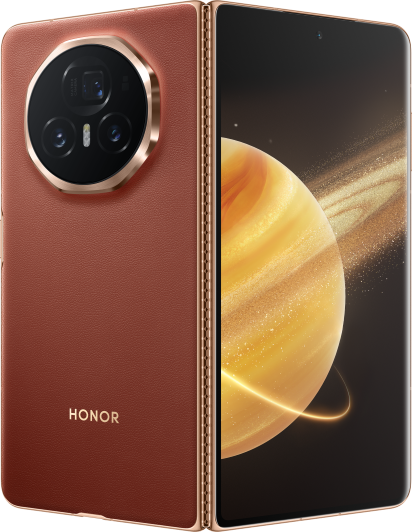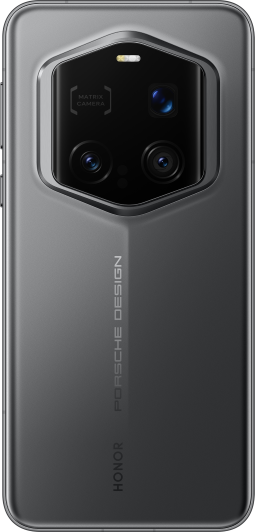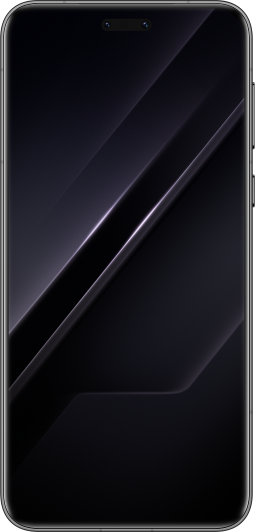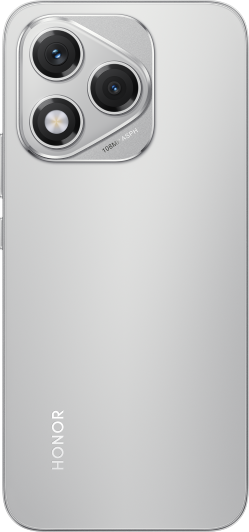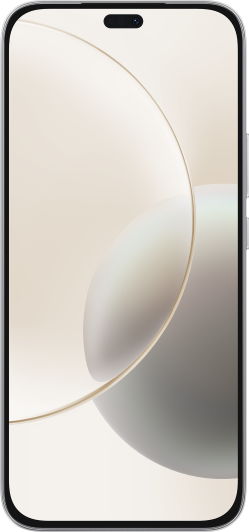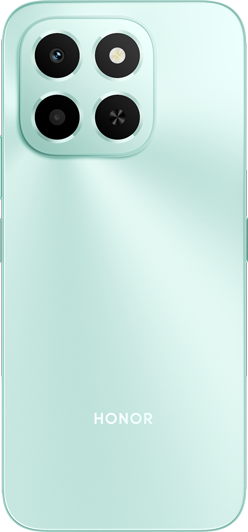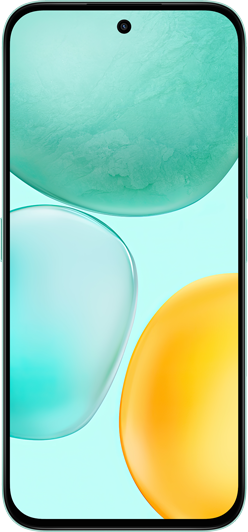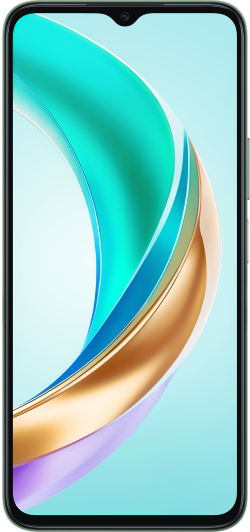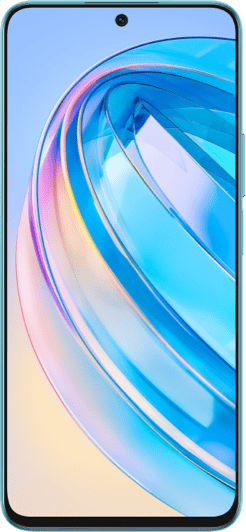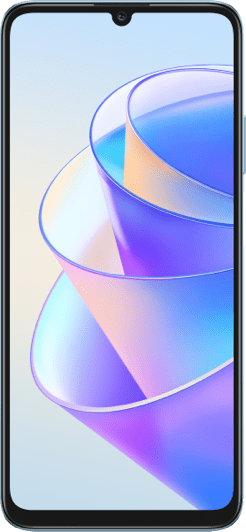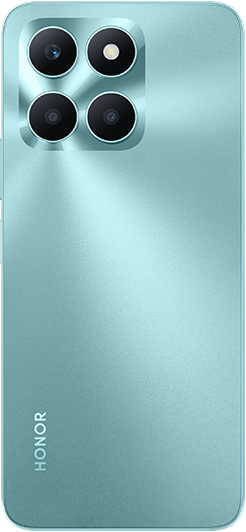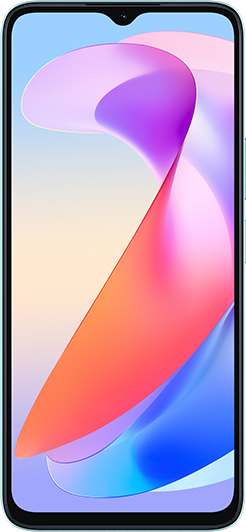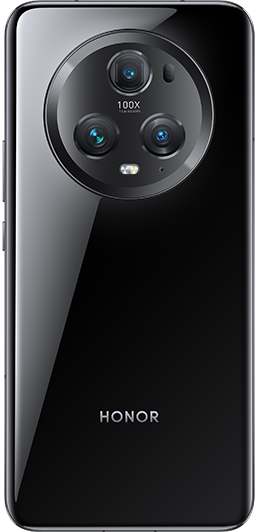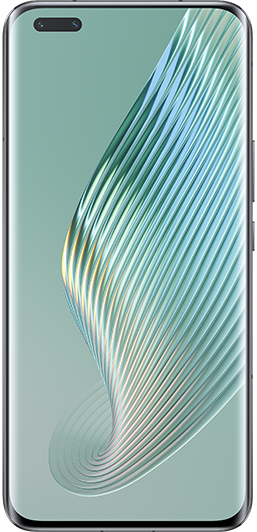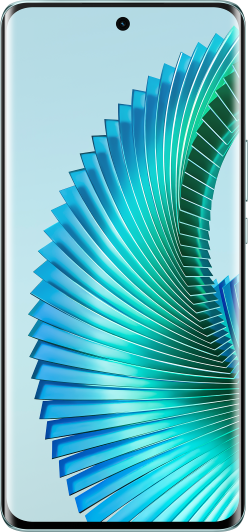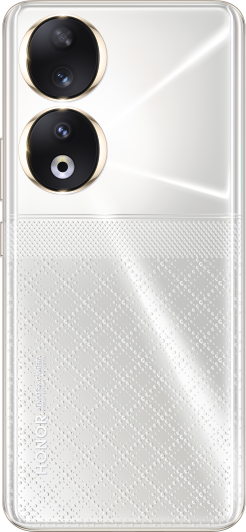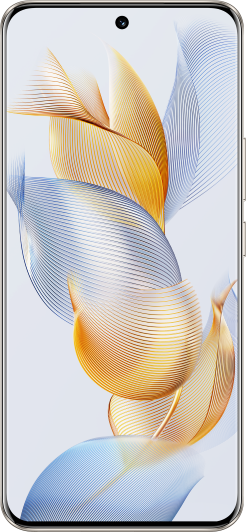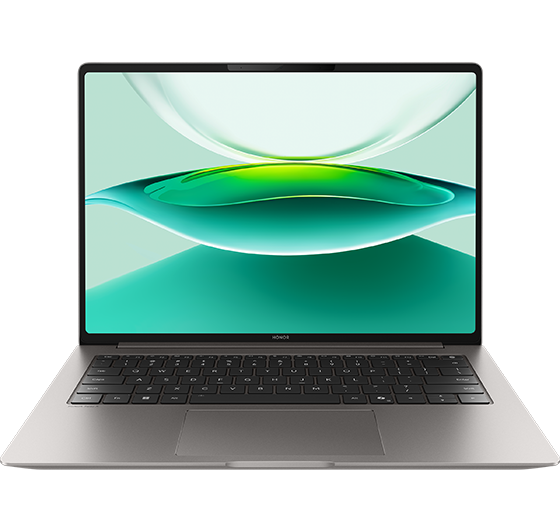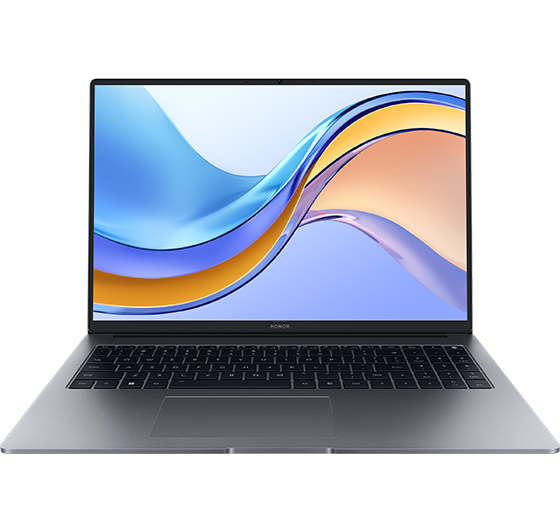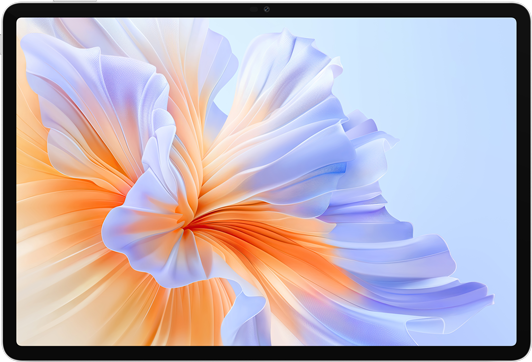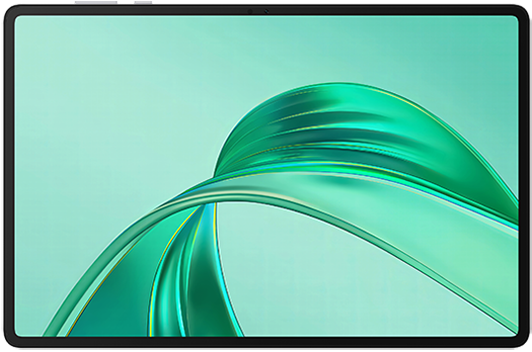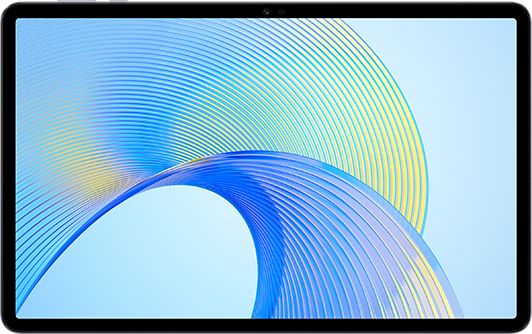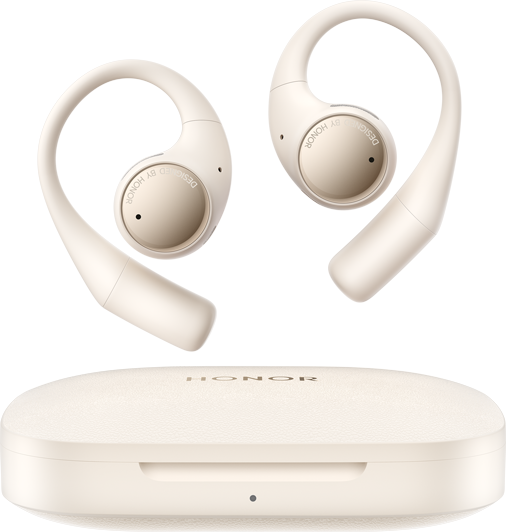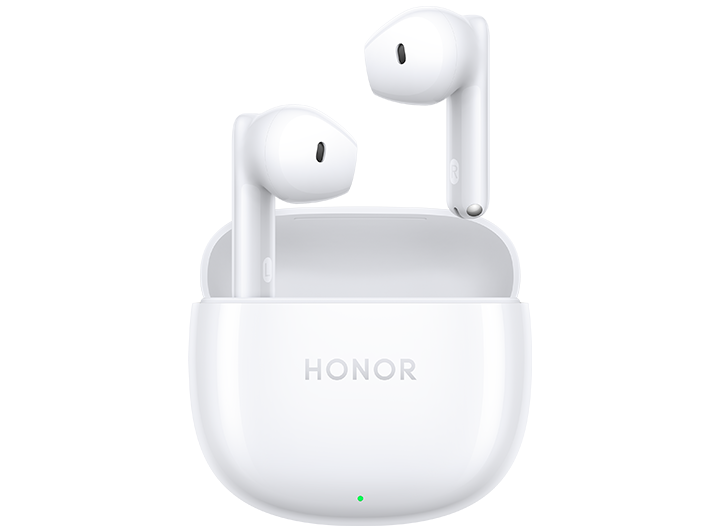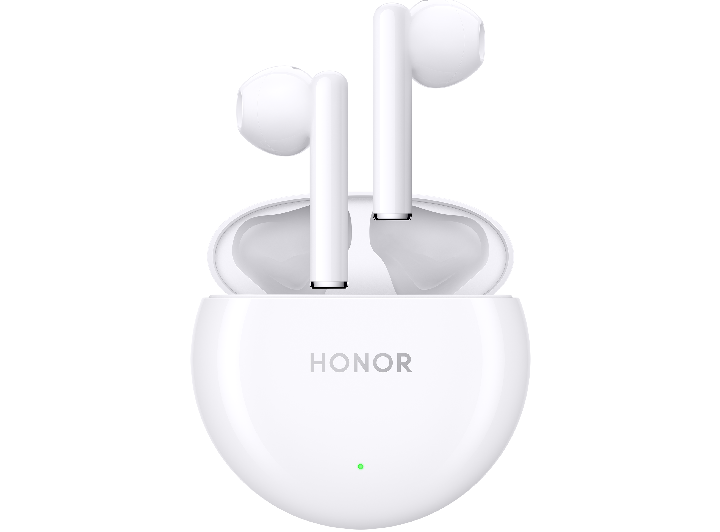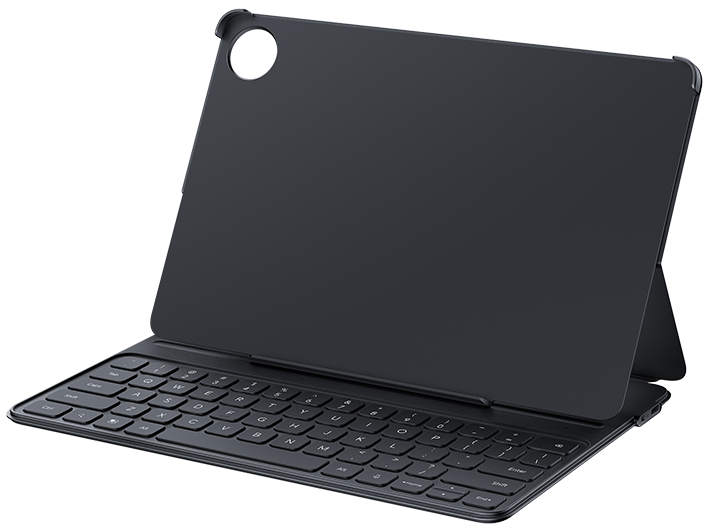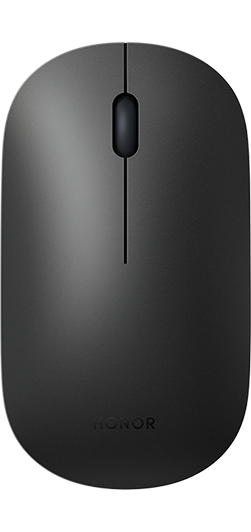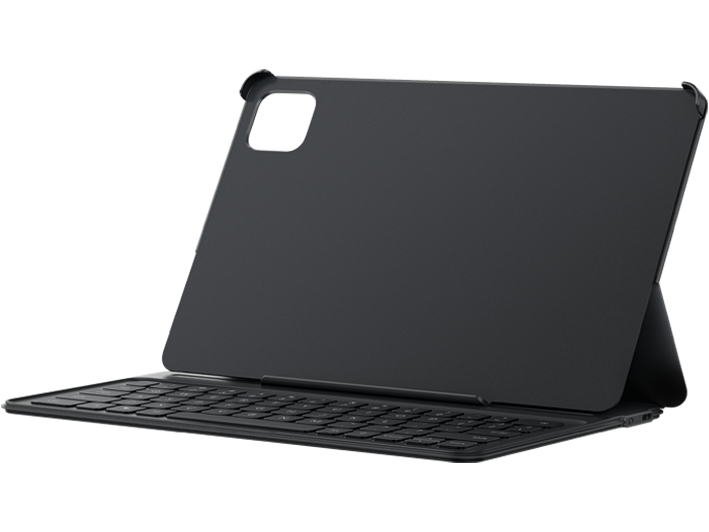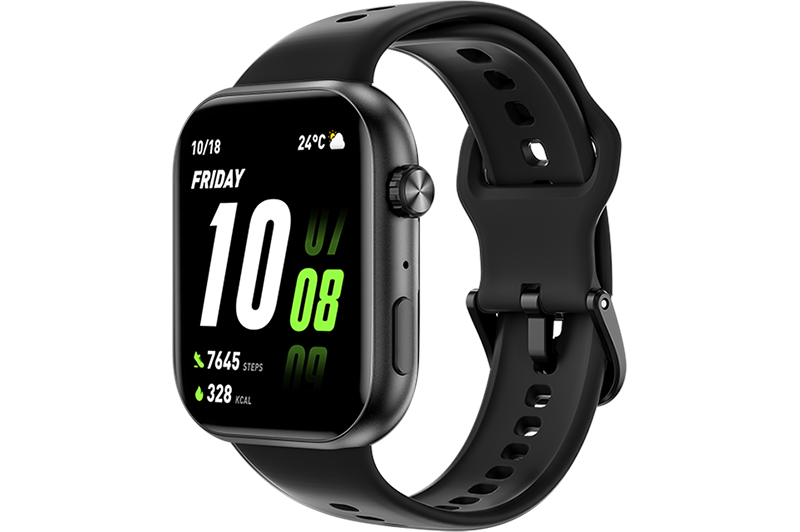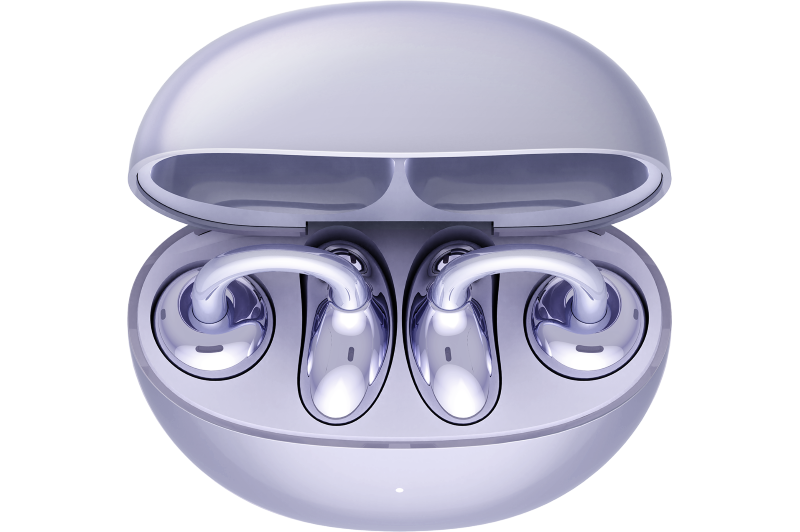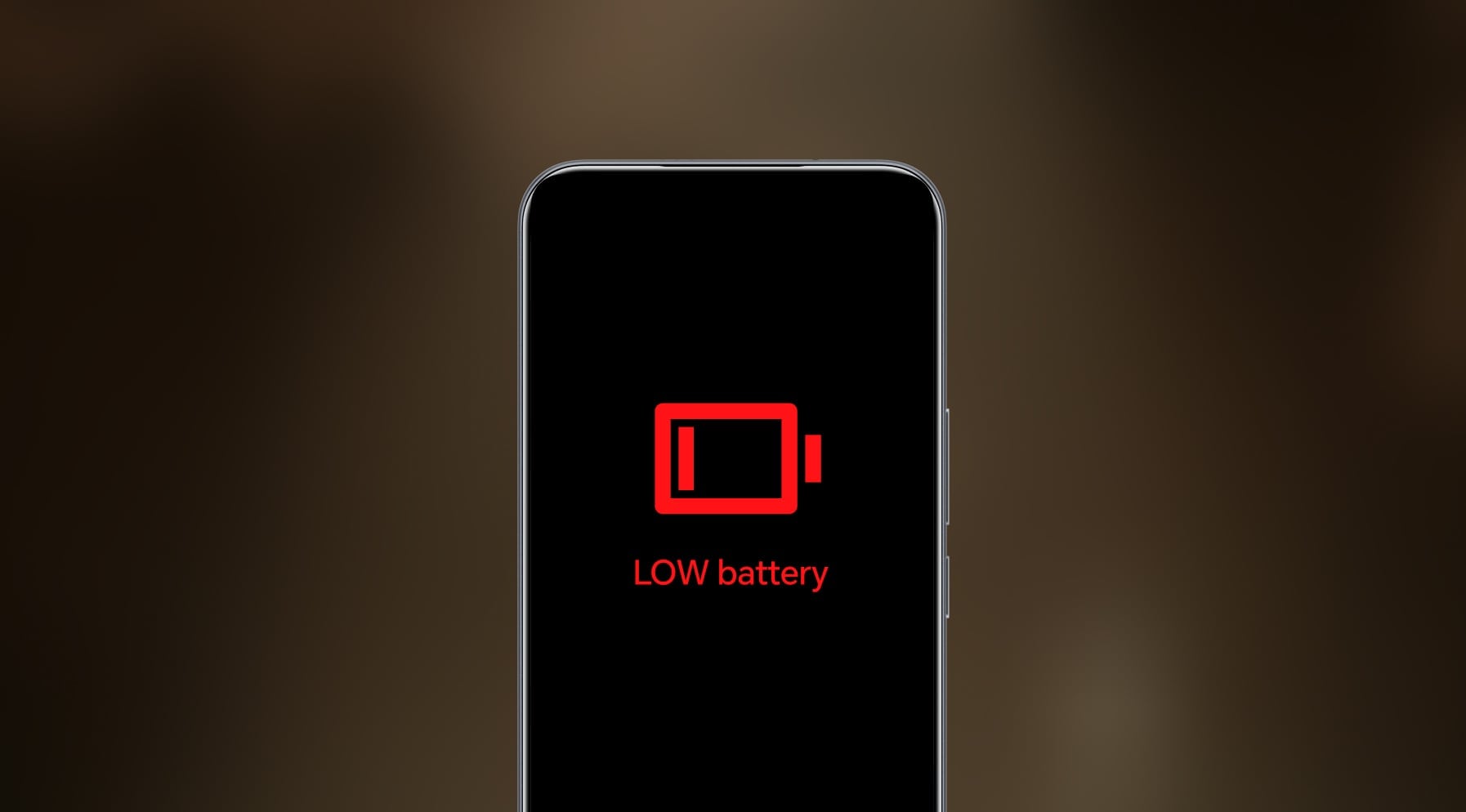TOP

我的荣耀 开启荣耀之旅
To log in to your account, you must first agree to the HONOR PLATFORM TERMS OF USE. If you do not agree, you may only browse the site as a guest.

How to Save Battery on a Phone: Easy Wins You’ll Love!
Table of Contents
・Why Your Phone Battery Drains So Fast
・How to Save Battery on a Phone
・Effective Tips to Improve Battery Health
・Charging Habits to Maximize Battery Lifespan
・Conclusion
・FAQs
Feeling like your phone battery vanishes faster than biscuits at a tea party? You're definitely not alone. We've all been there—mid-conversation, navigating somewhere crucial, or just about to capture the perfect sunset snap, and bam... the dreaded low battery warning pops up. It's frustrating, right?
But what if you could squeeze way more life out of every single charge without needing to carry a chunky power bank everywhere? Good news: you absolutely can! This guide is packed with super practical, easy-to-implement tips on how to save battery on a phone. Forget complicated tech jargon; these are simple settings tweaks and smart habits anyone can do. Let's dive in and reclaim your battery life!
Why Your Phone Battery Drains So Fast
Modern smartphones pack powerful processors, brilliant screens, and constant internet connections into a small package. All these features demand energy.
Apps running in the background, push notifications pinging every minute, location‐tracking services, and high screen brightness all draw juice. Poor signal strength forces your phone to broadcast harder, speeding up drain.
Even the temperature plays a role—extreme cold or heat can temporarily reduce capacity. And if you're using a folding or flip phone with extra hinges, you might see more power used to manage the complex screen mechanics.
By understanding these factors, you pave the way for smarter use and better battery management. Let's dive in to learn how to preserve phone battery effectively.
How to Save Battery on a Phone
You're about to discover easy adjustments you can make in minutes. These steps will show you how to save battery in phone settings and daily routines. Ready to get started?
1.Activate Battery Saver (Android)
To learn how to improve battery health, start by turning on your phone's built‑in battery saver. This mode is designed to limit background processes and reduce performance to conserve energy when your charge is low.
● Enable low‑power mode: Open settings and switch on battery saver. Your screen may dim slightly and animations might be scaled back.
● Customize thresholds: Choose to activate the saver automatically at a certain percentage (for example, 20% or 15%).
● Schedule nightly activation: Have the phone enter low‑power mode during hours you're asleep to reduce wasted drain.
2.Reduce Screen Brightness and Timeout
Because displays are one of the biggest drains on power, adjusting screen settings is a key part to know how to increase battery health.
● Lower brightness level: Slide the brightness to the lowest comfortable level, and turn off auto‑brightness if it tends to overshoot.
● Shorten screen timeout: Set the display to turn off after 15–30 seconds of inactivity.
● Use dark backgrounds: Dark or black wallpapers and themes require less power, especially on OLED and AMOLED displays.
● Avoid animated screensavers: Static images use far less energy than moving graphics or live wallpapers.
3.Turn off Unused Radios (Bluetooth, NFC, 5G When Not Needed)
Cut out the wireless freeloaders to learn how to preserve phone battery more effectively. Radios like Bluetooth, NFC and high‑speed cellular connections are always hunting for signals, which can quietly drain power when you're not actively using them.
● Toggle radios off: Open your quick‑settings panel and disable Bluetooth and NFC when idle.
● Switch network modes: Choose lower‑speed cellular options (e.g., 4G or 3G) instead of 5G when super‑fast data isn't essential.
● Automate based on location: Use built‑in routines to turn radios back on when you arrive at work or home.
● Monitor battery impact: Check your battery breakdown to see how much energy radios consume and adjust accordingly.
4.Restrict Background App Activity and Auto-Start
Managing apps that run when you're not actively using them is another top tip on how to save battery in phone effectively.
● Review auto‑start apps: In settings, deny permission for unnecessary apps to launch on their own at boot or during use.
● Disable background refresh: Turn off background data or refresh for apps that don't need constant updates.
● Force‑stop rogue apps: If an app is misbehaving or draining disproportionately, temporarily force‑stop it until you can update or replace it.
● Uninstall unused apps: Remove any apps you rarely open to eliminate hidden background processes and free up resources.
5.Fine-Tune Location Services & Permissions
Dial in your tracking habits to see how to improve battery health while keeping the apps you trust functional. GPS chips and location polling can be surprisingly power‑hungry when left fully enabled.
● Global toggle: Switch off location tracking when you don't need maps or navigation.
● App‑specific permissions: Grant “only while in use” access for trusted apps, and deny or prompt for others.
● Low‑accuracy mode: Opt for network‑based location (Wi‑Fi and mobile towers) instead of full GPS for non‑critical tasks.
● Review periodically: Audit permissions every few weeks to ensure you haven't inadvertently re‑enabled constant tracking.
6.Schedule Dark Mode and Adaptive Brightness
Get smart with screen output by learning how to increase battery health through display optimization. Dark pixels and tailor‑made brightness levels can add hours to your charge.
● Enable dark mode schedule: Have your phone automatically switch to a darker theme at sunrise and sunset.
● Adaptative brightness: Use the built-in adaptive brightness features. For example, HONOR phones comes with adaptive brightness that recognize and adjust to surrounding brightness precisely.
Effective Tips to Improve Battery Health
With day‑to‑day optimizations covered, let's look at practices that strengthen your battery's long‑term performance. Battery health measures your battery's ability to hold charge compared to its original capacity. To keep it robust:
● Update your software regularly. Manufacturers release patches that optimize power use.
● Avoid deep discharges. Letting your phone fall to zero too often stresses the battery.
● Store your phone at half charge if you're not using it for weeks.
● Calibrate your battery by charging to 100%, then letting it drain to around 5% once every few months.
These strategies will help you how to preserve phone battery over the long term and extend its usable lifespan.
Charging Habits to Maximize Battery Lifespan
Developing smart charging routines can significantly extend the usable life of your phone's battery. Simple adjustments—like limiting how full you charge, keeping the device cool, and choosing the right charging accessories—help reduce stress on lithium‑ion cells over time. By adopting these best practices, you'll maintain stronger capacity and enjoy reliable performance for longer.
1.Follow the 20 – 80 % Rule
Maintaining your battery between roughly 20 % and 80 % charge strikes a balance between usability and longevity. Charging beyond 80 % places extra voltage stress on cells, while dropping below 20 % forces deeper discharge cycles—both of which can accelerate degradation.
● Ideal charging window: Aim to plug in once the battery falls below 20 % and unplug around 80 %.
● Avoid full cycles when possible: Full 0–100 % charge cycles count more toward battery wear than partial top‑ups.
● Use built‑in limits sparingly: Many devices let you cap charging at around 80 %—enable this feature for daily use, and charge to 100 % only when extended runtime is essential.
● Consistency matters: Occasional full charges won't harm much, but making 20–80 % the norm helps preserve capacity over months and years.
By treating the 20–80 % rule as a guideline rather than an absolute, you balance convenience with care, ensuring your phone stays powered when you need it and its health remains robust over the long haul.
2.Avoid Extreme Temperatures
Heat and cold both take a toll on lithium‑ion batteries, accelerating chemical reactions that reduce capacity or even lead to permanent damage. Keeping your device within a moderate temperature range helps protect its cells.
● Stay out of direct sun: Avoid leaving your phone on dashboards, balconies, or near windows where temperatures can climb rapidly.
● Don't expose to freezing conditions: Extremely low temperatures can cause temporary capacity loss and stress internal components.
● Monitor during heavy use: High‑intensity tasks like gaming or video recording generate heat—consider taking breaks or enabling low‑power modes to ease thermal load.
● Use protective cases wisely: Some thick or poorly ventilated cases trap heat; remove or swap them temporarily when charging or performing demanding activities.
By steering clear of both scorching and sub‑zero environments, you minimize thermal wear on your battery, helping it retain capacity and performance throughout its lifespan.
3.Use Certified Chargers and Quality Cables
The integrity of charging accessories directly impacts battery health. Substandard chargers and cables can deliver inconsistent power, cause overheating, or even damage both the battery and the device.
● Opt for certified gear: Choose chargers and cables that meet industry safety standards and carry official certifications.
● Check cable condition: Replace frayed or bent cables promptly to ensure stable current flow and avoid unnecessary resistance.
● Match power specifications: Use a charger whose voltage and current output align with your device's recommended limits to prevent stress from overvoltage or excessive amperage.
● Priorities reputable manufacturers: If official accessories aren't available, select offerings from well‑known brands that provide clear safety and compatibility information.
Investing in reliable charging equipment protects your battery from erratic power delivery, keeps operating temperatures in check, and ultimately safeguards the longevity of your phone's energy storage.
Conclusion
Phew! That might seem like a lot, but remember—you don't need to implement every single tip overnight to see a difference. Start with one or two easy wins, like lowering your screen brightness or turning off unused Bluetooth. Gradually incorporate other habits.
The key takeaway? Taking control of your settings and being mindful of your phone's environment makes a massive difference. You absolutely can break free from the low-battery anxiety! By putting these practical strategies into action, you'll discover just how to save battery on a phone effectively, squeezing more life out of every charge and keeping your battery healthier for longer. Go enjoy that newfound freedom!
FAQs
How can I make my phone battery last longer?
To make your phone battery last longer, reduce screen brightness or set it to adjust automatically, and let the screen turn off quicker. Turn off keyboard sounds or vibrations, and enable Dark theme and Adaptive Battery. Restrict battery-hungry apps and remove any unused accounts. These simple tweaks can help stretch your battery life throughout the day.
What is the 80 20 rule for batteries?
The 80/20 rule for batteries means keeping your phone's charge between 20% and 80% to extend its lifespan. Lithium-ion batteries last longer when they're not fully charged or deeply drained. Avoiding 0% and 100% helps reduce battery stress and keeps it performing better over time.
How can I reduce my phone battery fast?
If you want to drain your phone battery quickly, turning on the flashlight is one of the fastest ways. You can also increase screen brightness to the max, play high-resolution videos, use GPS navigation, run multiple apps in the background, and enable mobile hotspot. These actions put a heavy load on your phone's battery, causing it to deplete much faster than normal.
Source: HONOR Club

Subscribe To Our Newsletter - Discover HONOR
Please accept HONOR Platform Privacy Statement.
By entering your WhatsApp number, you agree to receive commercial information on WhatsApp about HONOR products, events, promotions and services. For more details, please see our privacy policy.
Please accept HONOR Platform Privacy Statement.
I agree to receive the latest offers and information on HONOR products, events and services through third-party platforms (Facebook, Google). I may withdraw my consent at any time as indicated in the Privacy Statement.
Contact

Mon-Sat: 09:00 – 18:00. (Except on national holidays).
Third Floor, 136 George St., London, W1H 5LD, United Kingdom.
Copyright © HONOR 2017-2025. All rights reserved.
